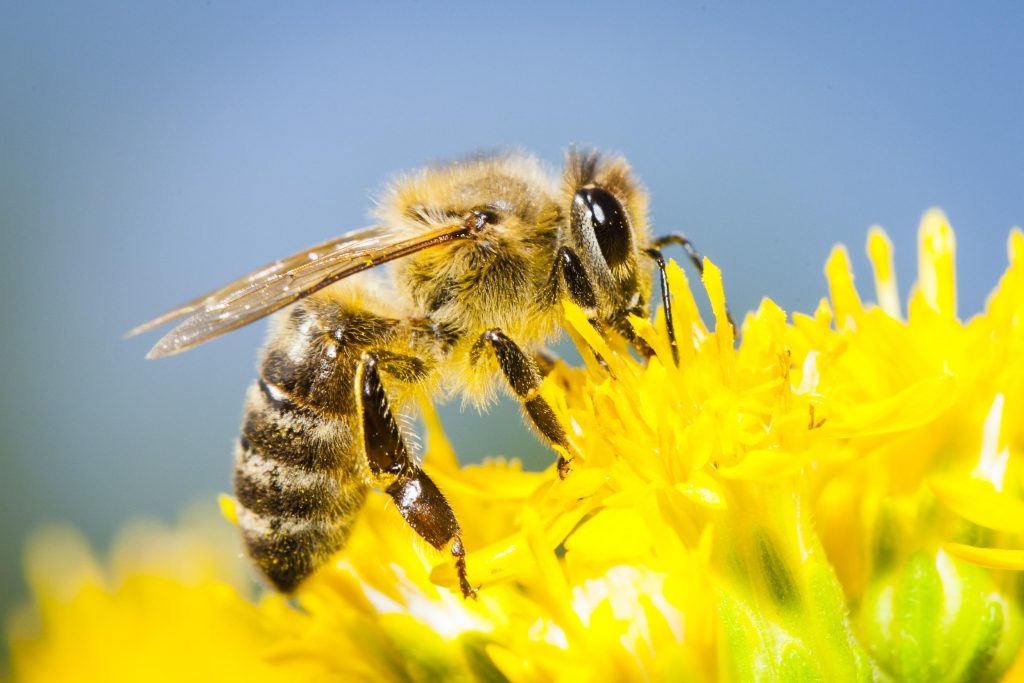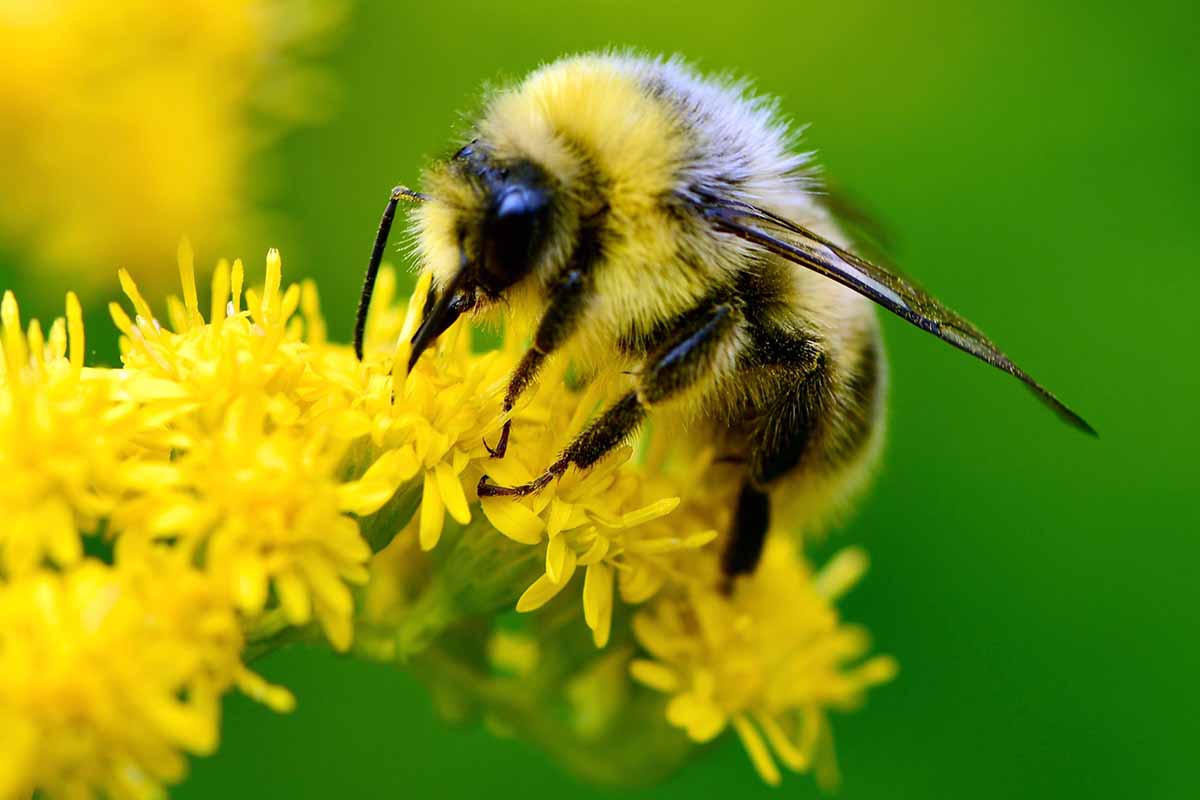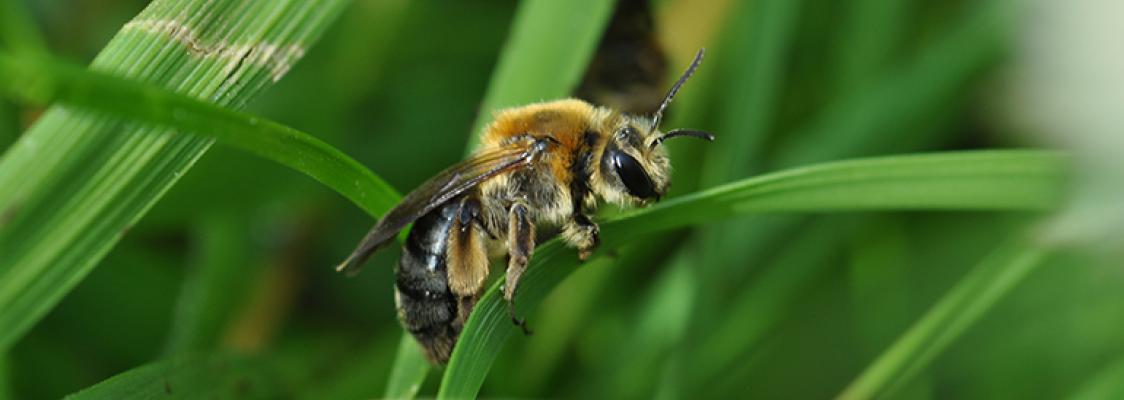Bees are among the most important insects for both the ecosystem and humans. With their ability to pollinate, they play a key role in maintaining the life of many plant species, including the crops that humans consume daily. This article will explore the different species of bees, their biological characteristics, fascinating behaviors, and their essential role in our lives.
1. Basic Biology of Bees
Bees belong to the Apidae family, one of the largest insect families in the animal kingdom, with more than 20,000 known species. They have three main body parts: the head, thorax, and abdomen. Each part of a bee’s body has a very specific function that helps them survive and work efficiently in their natural environment.
-
Head: The bee’s head contains its eyes, mouth, and auditory organs. Bees have three pairs of eyes: two large compound eyes that help them see images and one pair of smaller eyes called ocelli that help them determine direction.
-
Thorax: The thorax of a bee has three pairs of legs and wings. The legs help the bee move, while the wings allow it to fly and pollinate flowers. Bees can fly at speeds of up to 24 km/h, and some species can travel up to 13 km in one day.
-
Abdomen: The bee’s abdomen contains important organs, including the proboscis for sucking nectar and a gland that produces royal jelly for the larvae. The abdomen also contains nectar storage sacs where bees store the nectar collected from flowers.

2. Life of the Honeybee
The honeybee, the most common bee species, lives in hives that they build from beeswax. These hives have a unique organizational structure, with compartments for storing nectar, where bees store food, and cells for laying eggs. The hive consists of three types of bees:
-
Queen Bee: The queen is the only bee in the hive that can reproduce. She is responsible for laying eggs, and a queen can lay thousands of eggs every day. The queen lives inside the hive and does not participate in nectar collection.
-
Worker Bees: These are the non-reproductive bees that do most of the work in the hive, such as collecting nectar, caring for the larvae, and protecting the hive. Worker bees are the bees that we most commonly encounter when visiting areas with flowers.
-
Drones: These male bees only have one task: mating with the queen. After mating, drones die.

3. Fascinating Behaviors of Bees
Bees have many fascinating behaviors that are not widely known. One of the most notable characteristics of bees is their ability to find flowers and pollinate them. When a bee finds a flower with abundant nectar, it flies to it and collects nectar. After filling up on nectar, the bee returns to the hive to consume or store the nectar. This is why bees play such a crucial role in pollination, helping plants grow and thrive.
Additionally, bees have special survival habits. When they get tired after flying for a long time, they may rest in flowers, even sleeping there for a short while to recover their energy. This helps them maintain their activity and avoid becoming overly exhausted.

4. The Essential Role of Bees in the Natural World
Bees are the “workers” of the natural world. Their main role in the ecosystem is pollination. When bees fly from one flower to another to collect nectar, they carry pollen with them, helping plants reproduce and thrive. Approximately 75% of the world’s crop species depend on the pollination services of bees and other insects. Important crops such as berries, tomatoes, seed crops, cotton, and many other food plants rely on bees.

5. The Threats Facing Bees and the Importance of Protecting Them
Although bees play such an important role in nature, they are currently facing many serious threats. Factors like climate change, pesticide use, habitat loss, and a decrease in flower sources have led to a sharp decline in bee populations in recent years. The decline of bee populations not only affects crops but also impacts the entire ecosystem.
To protect bees, we need to minimize pesticide use, create gardens full of flowers to provide food for bees, and protect natural habitats where bees live. Conservation efforts to protect bees are not only about saving one species, but also about preserving the lives of humans and the planet.
6. Interesting Facts About Bees
-
Bees are tireless workers: Each worker bee can fly up to 9 km per day and visit up to 5,000 flowers in one trip.
-
Bees can “sleep” in flowers: When they get tired, bees may fall asleep in the flowers they are collecting nectar from. This is a way to recharge.
-
Bees can live without a queen: In some cases, a hive can produce a new queen bee if the original one is lost.
7. Conclusion
Bees are among the most wonderful creatures in nature. Their diligence and ability to work are a testament to the importance of insects in maintaining ecological balance. Protecting bees is not just about saving one species but ensuring the survival of many plants and the health of the environment.
We should learn from bees and apply their hard work and perseverance in our own lives to help create a sustainable and prosperous world. Let’s work together to protect bees and their vital roles, ensuring that the future will always be sweet and full of nectar!